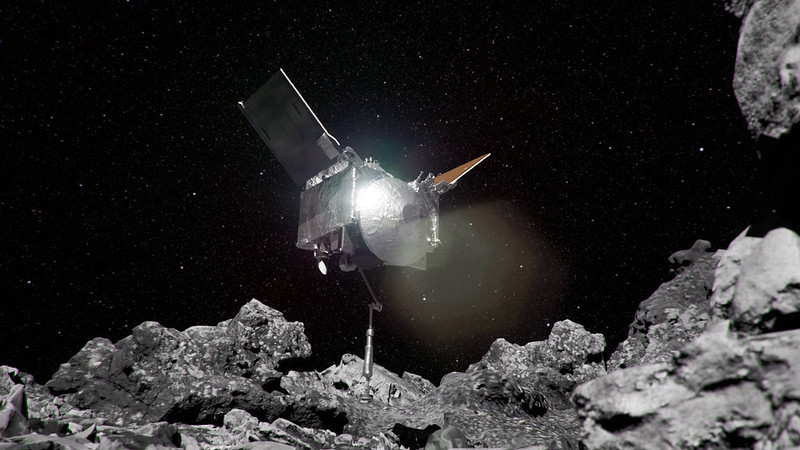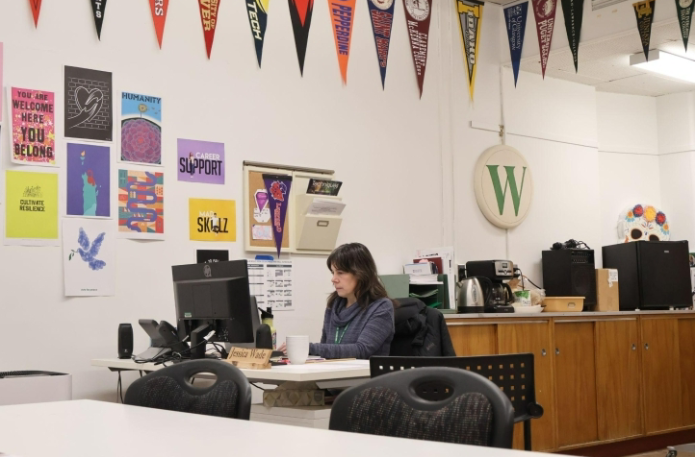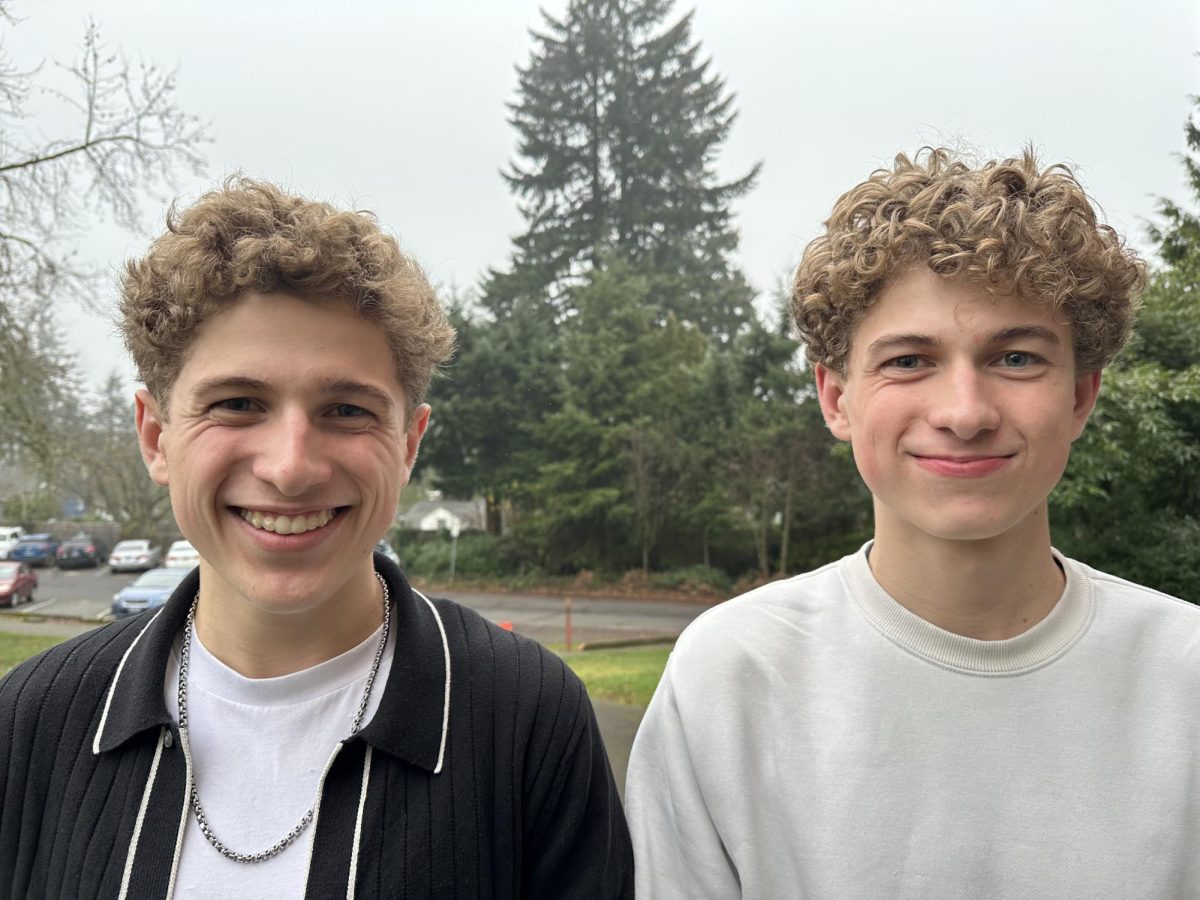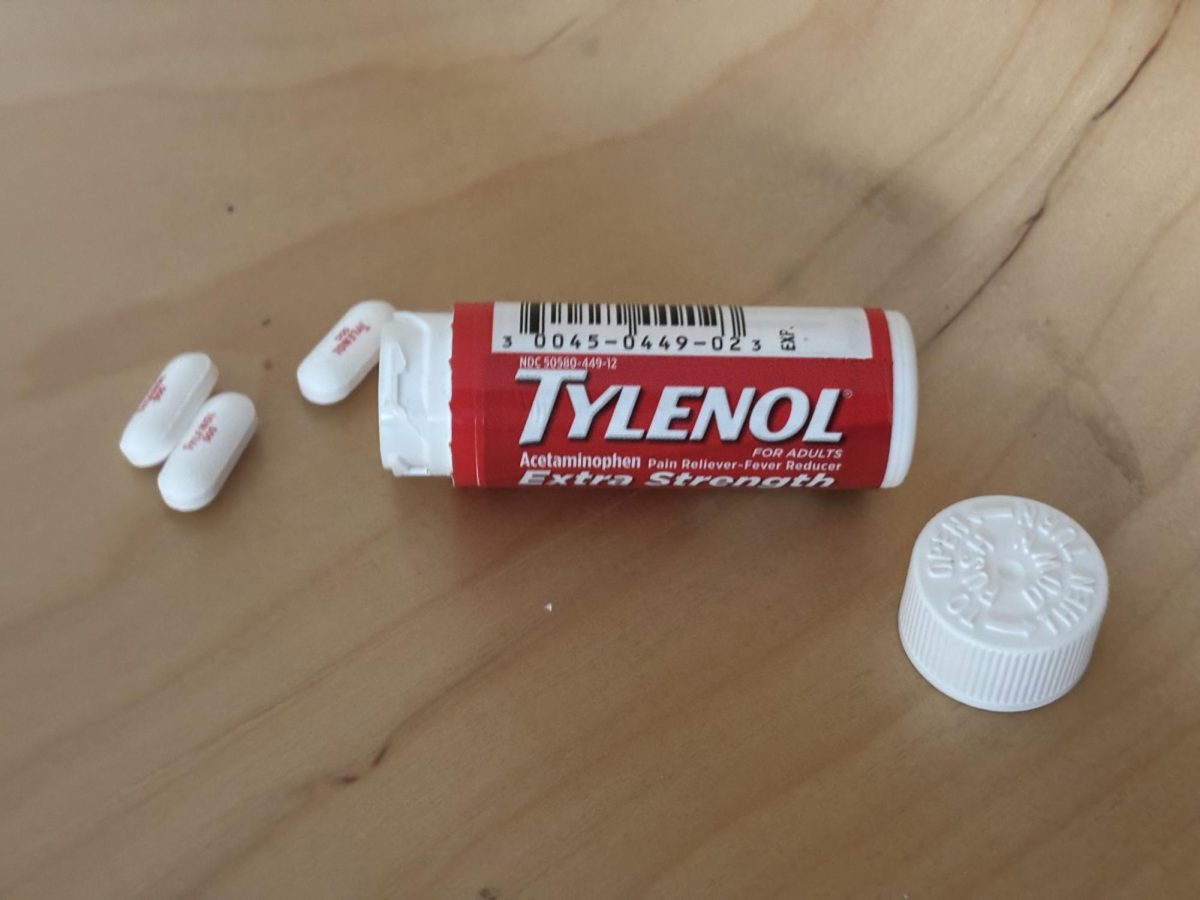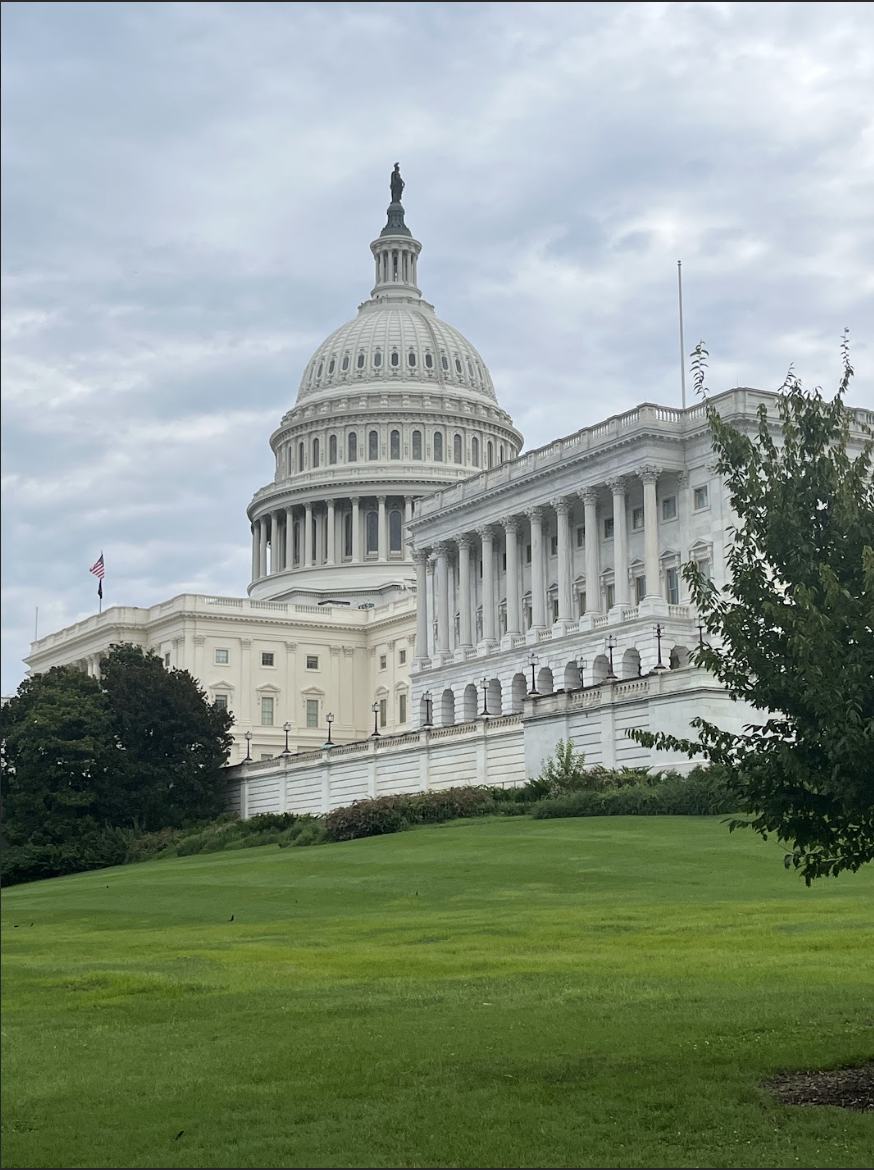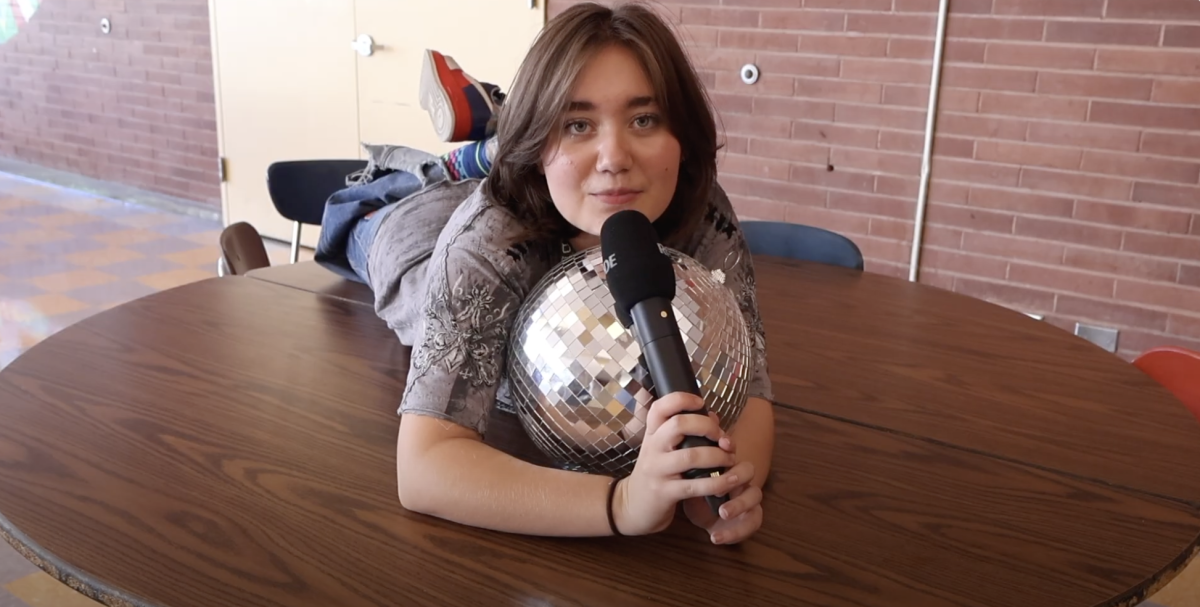September 24, 2023 marked a momentous feat for the science community. The capsule of NASA’s Origins, Spectral Interpretation, Resource Identification and Security– Regolith Explorer (OSIRIS-REx) landed in the Department of Defense’s Utah Test and Training Range with the first American asteroid sample.

((NASA/Keegan Barber))
The sample was quickly transported to a clean room, in a hangar on the training range, where it was secured to a continual flow of nitrogen. This is known as a “nitrogen purge” and having a continuous flow of nitrogen to the sample ensures that it will not be contaminated in any way that would affect the analysis that will be conducted on the sample. On September 25, 2023 the sample, which was collected from asteroid Bennu, arrived at NASA’s Johnson Space Center in Houston. The sample will be kept in Houston, where it will be cared for and eventually, distributed to other scientists.
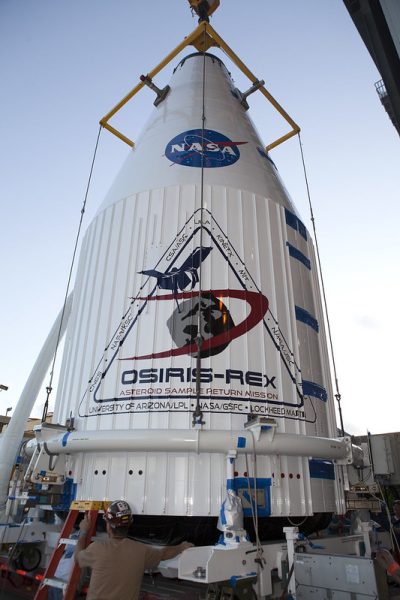
The OSIRIS-REx mission has been in the works for more than a decade now. NASA started working on this mission back in 2011. Then OSIRIS-REx was launched on September 8, 2016 with sample collection occurring on October 20, 2020. It then began its return trip on May 10, 2021.
With the sample of the Bennu asteroid, there are many hopes of what scientists will discover. Scientists chose Bennu for specific reasons. Bennu is made up of rocks that date back to, about, 4.5 billion years ago. This means that from just this sample, scientists can make discoveries about how our solar system was formed, the origins of how Earth became a water planet, and therefore how life on Earth came to be. The discoveries that scientists hope to make will ultimately answer, or give clues, to the age-old question: “how did we get here?”
The potential information that we can get from studying the the sample is exciting for the science community. “I think it can benefit just foundational research in biology and chemistry, as well as, it can benefit our understanding of the beginning of life,” said Kelly Jones, an Earth and Space Science and Biology teacher at Ida B. Wells High School. “It could benefit just answering questions that we haven’t [had the answer to] for a while-. I’m really hopeful that we will find some key pieces of information.” said Kelly Jones, an earth and space science and biology teacher at Ida. B Wells.
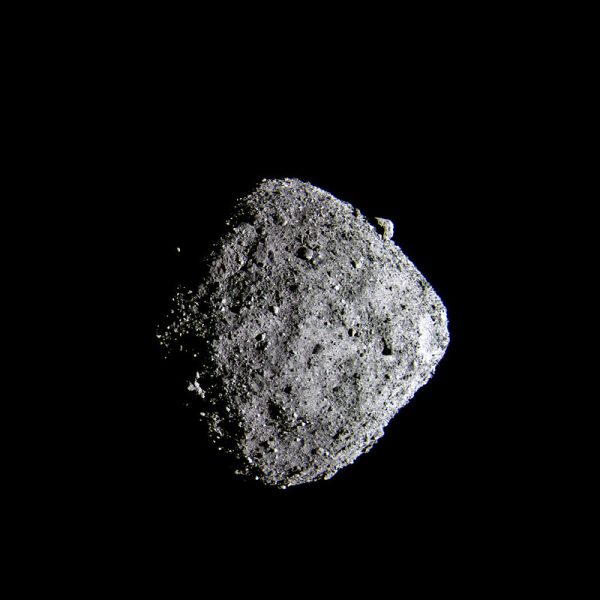
Additionally, the sample from the asteroid can give us information about potentially hazardous asteroids and other near-Earth objects, like Bennu. There is only a small chance that Bennu will hit Earth in the coming centuries, however it is still currently on the top of NASA’s list for potentially hazardous space rocks.
Last year, NASA’s Double Asteroid Redirection Test (DART) mission showed that an asteroid’s path can be changed by flying a spacecraft into it. By studying the samples from Bennu, they will be able to better understand the makeup ofof near-Earth objects and how to divert them away from Earth, if the time comes when diversion is needed.
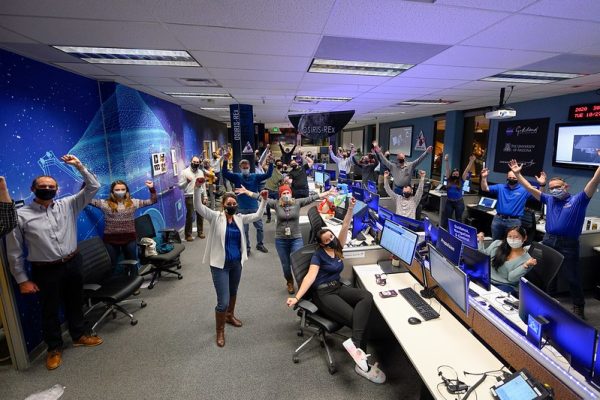
While the success of obtaining the sample and its potential discoveries and its potential discoveries should not be overshadowed, there were more successes than just that. Hillary Brown, a Physics and Geology teacher at IBW said, “I think projects like this are incredible because it shows how important it is to be able to work in teams and these projects could not have been done without hundreds and hundreds of people.” Not only did the scientists working on OSIRIS-REx reach a big scientific achievement, but they also showed the world the importance of collaboration and unity.
“Those are the skills that are going to lead to amazing things and also having a diversity of perspectives on those teams,” said Brown. “We couldn’t do it without lots of different perspectives and skill setsskill sets.”
OSIRIS-REx’s journey did not end on SeptemberSeptember 24 with the Bennu sample. The spacecraft was given a new target, the asteroid Apophis, and was renamed to OSIRIS-APEX. This new exploration is expected to reach Apophis in 2029.


